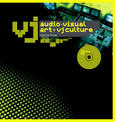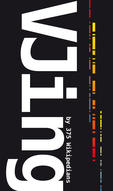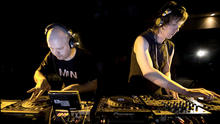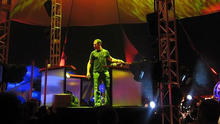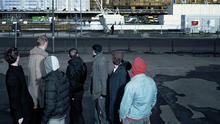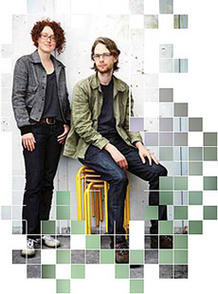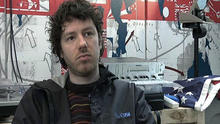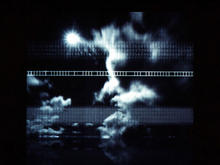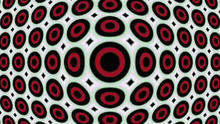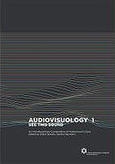vE-”jA: Art + Technology of Live Audio-Video
(2006)by Xarene Eskander is a global snapshot of an exploding genre of tech-art performance: VJing and live audio-video.
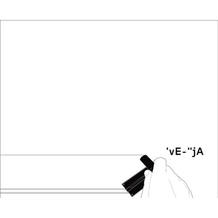
The book covers 40 international artists with 400+ colour images and 50+ movies and clips on an accompanying DVD and web downloads.
Regionally organized, the book showcases VJing and live A/V not as an isolated art-tech phenomenon for geeks, but as a global art movement with sophisticated creators and audiences alike.
The organization of the book in this manner has lead to discoveries of the differences and similarities in the devlopment of the art including the influence of specific urban styles, political and social states, cultural influences, as well as hardware and software development and influences in specific regions.
Introductory essay by Marius Watz brings forth the role of synchronicity of audio and video technology in cinematic performances; Barry Munsterteiger, Interactive Media Group Senior Designer for Apple Inc., focuses on the role of art in the evolution of technology; Grant Davis (VJ Culture) provides supportive information on VJ specific hardware and software.
In addition, essays by contributing artists cover local cultural aspects influencing VJ scenes globally and provide insight on the inflluences and productivity of cities such as London, Helsinki, Barcelona, Tokyo and general scenes of US, Austria, France, Netherlands and Australia.
Source: VJ Book
ISBN-10: 097650605X
ISBN-13: 978-0976506058
